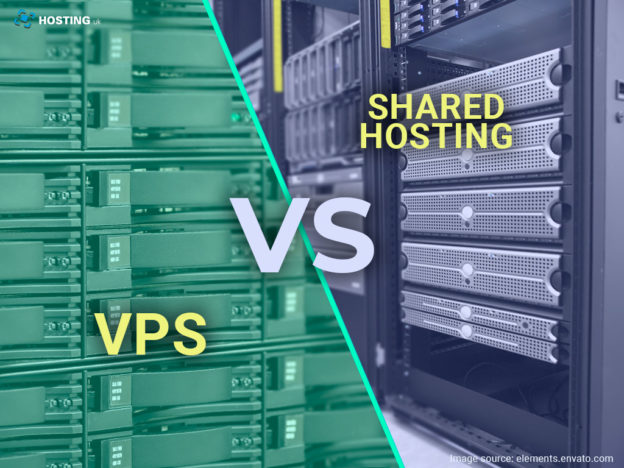As your business grows and traffic increases, you will reach the point where you need a faster server with more processing power, memory, and storage. Both VPS and Dedicated Servers will handle this seamlessly. In this article, we will discuss the functionality of VPS.
What is VPS?
As long as the traffic of the site is low, you will not need to increase the budget – it will feel quite good on shared hosting. However, as traffic grows, most shared hosting servers will no longer be able to provide the required performance. Increased page load times can be a symptom. Overloading can also lead to frequent unavailability of the site from the outside (it regularly “crashes”). If such symptoms appear, it means that shared hosting is not enough for a good robot of your site.
When ordering VPS (Virtual Private Server) services, the client gets root rights, which means that the entire Virtual Private Server is at his disposal. As a result, constant monitoring of its normal performance is required.
There is also an abbreviation VDS (Virtual Dedicated Server) that is the same option but differs in the subtleties of visualization, therefore, the providers usually offer VPS/VDS servers. Unlike standard hosting, on the server of which hundreds of users work, VDS offers only a few dozen clients to accommodate. This allows you to host heavier and more visited sites. On a virtual server, you are also given a piece of the physical server with full administrative rights.
VPS can be called something in between shared hosting and a physical server. The user gets full access to his virtual server and can manage it in the same way as the physical one: install software, reboot, configure, etc. Different virtual servers share the resources of the physical server, but from the outside, the user may seem that the entire machine belongs only to him. VPS hosting is suitable for specific projects, online services, online stores, and other sites that do not have enough virtual hosting resources.
Managed and unmanaged options
It’s important to note that there are managed and unmanaged VPS and dedicated hosting options as well. Some hosts even offer both, so you can choose the level of service you want.
With shared hosting, you do not have root access to the server and therefore you do not need to manage the server. Whereas on VPS hosting you are provided with the entire virtual server. If hosting providers manage a server, it is called a managed VPS. But if you need to take care of the server, it’s called an unmanaged VPS. In the case of unmanaged hosting, you are responsible for maintaining the server, keeping it running, and monitoring performance. If your server keeps crashing, security problems pile up and you are its administrator, then you need to fix those problems. Unmanaged hosting is more convenient for people who are experienced users and have general knowledge of server management. If you’re not into server management, opt for a managed VPS for a little more.
By using a managed virtual server, your site will use high-quality services, such as:
- constant maintenance of software,
- timely updates,
- sometimes the installation of additional functionality.
An unmanaged host allocation is a cheaper option. It offers a minimum of background and support services for servicing current server problems. But before choosing a hosting provider, you need to take care of the permanent site address and also select domains that are easy to remember and reflect the essence of the company’s activities.
